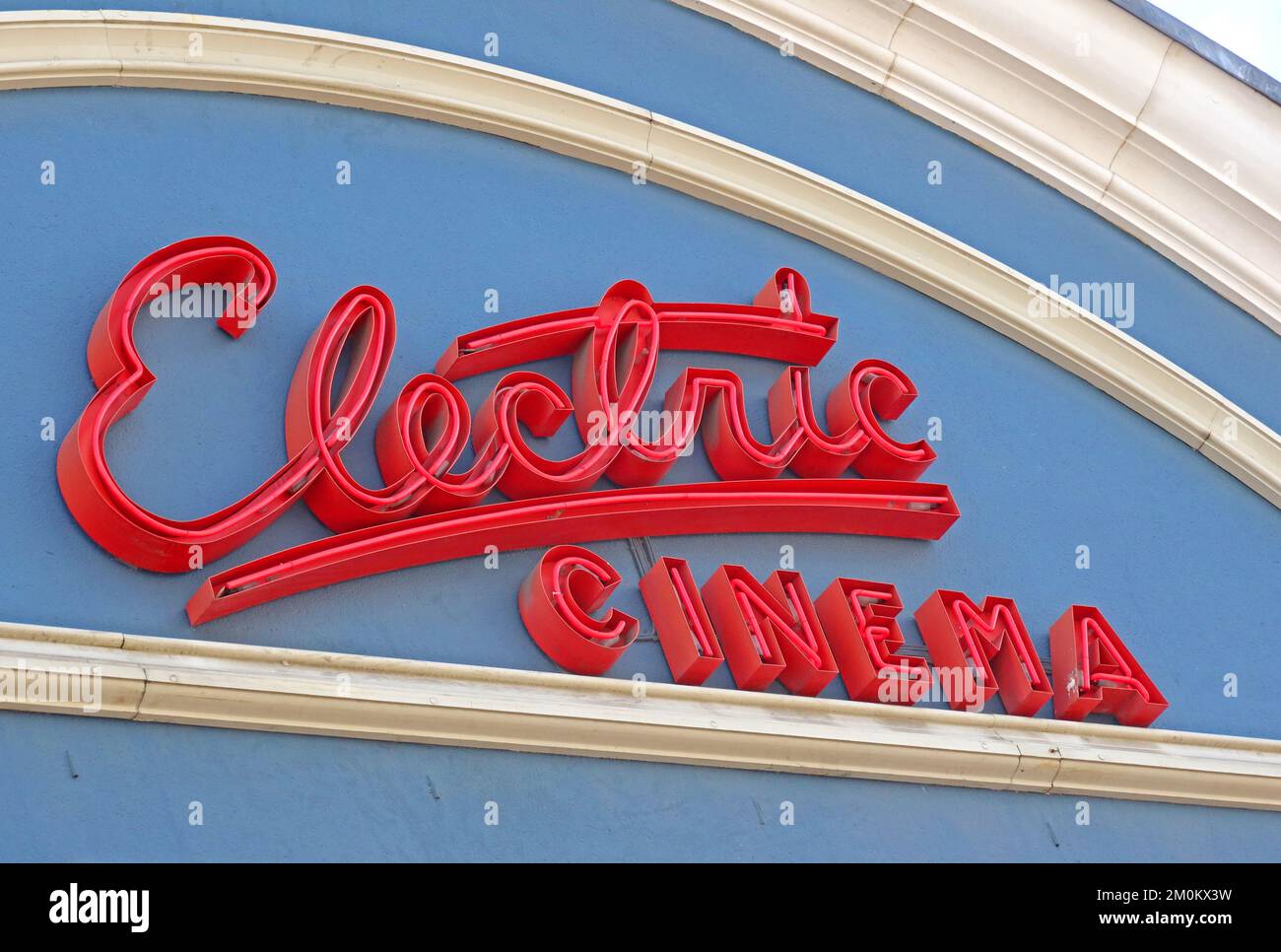The Electric Cinema est 1910, 191 Portobello Rd, London, England, UK, W11 2ED

Image details
Contributor:
Tony Smith / Alamy Stock PhotoImage ID:
2M0KX3WFile size:
48.3 MB (1.6 MB Compressed download)Releases:
Model - no | Property - noDo I need a release?Dimensions:
5004 x 3372 px | 42.4 x 28.5 cm | 16.7 x 11.2 inches | 300dpiDate taken:
23 July 2022Location:
191 Portobello Rd, London, England, UK, W11 2EDMore information:
The Electric Cinema is a cinema in Notting Hill, London. One of the oldest working film theatres in Britain, it became Britain's first black-owned cinema in 1993, and remained black-owned until it was sold in 2000. As of 2022, after a couple of changes of hands, the cinema is also known as the Electric Portobello, with a second screen at the old Television Centre at White City called the Electric White City The Electric Cinema first opened in London's Portobello Road on 24 February 1910. It was one of the first buildings in Britain to be designed specifically for motion picture exhibition, and was one of the first buildings in the vicinity to be supplied with electricity. Its first film was Henry VIII, screened on 23 February 1911. The venue opened 18 years before talkies became the norm, so had no facilities to broadcast sound. The cinema was soon eclipsed by the huge picture palaces that became fashionable during the 1930s but, despite being shuttered for brief periods, it has remained in almost continual use until the present day. Designed by architect Gerald Seymour Valentin in the Edwardian Baroque style, it originally opened as the Electric Cinema Theatre, with 600 seats. During World War I an angry mob attacked the Electric, believing that its German-born manager was signalling to Zeppelin raiders from the roof, after nearby Arundel Gardens was hit by a bomb dropped from a Zeppelin Later, in 1932, the Electric became the Imperial Playhouse cinema, though by this time the Portobello Road area had become run down, along with the rest of Notting Hill. During this time, the venue's nickname among locals was "The Bughole". During WWII the venue was attended by up to 4000 per week, despite the Luftwaffe's night-time bombing raids.[9] During the late 1940s the notorious mass murderer John Christie (1899–1953) of nearby 10 Rillington Place is said to have worked at the Electric as a projectionist It is a Grade II* Listed building.